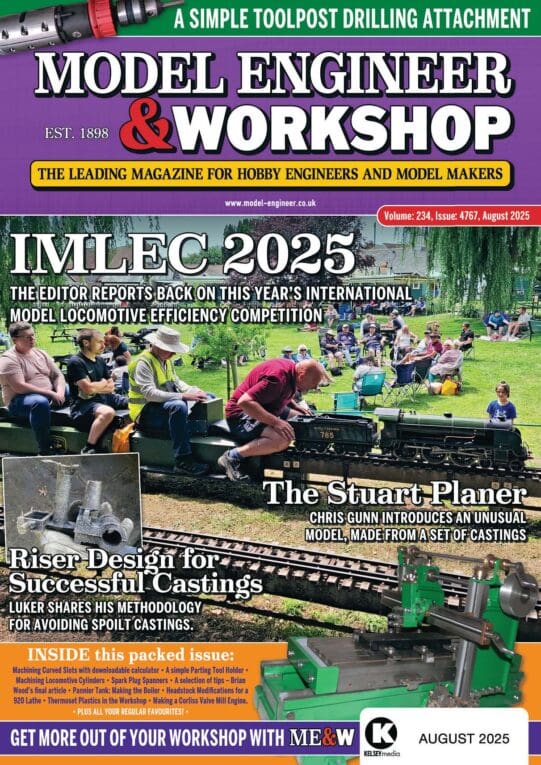As a rough musical guide, 1500Hz is not a recognised note but somewhere around G-flat in the second octave above middle A.*
A cavity resonator is not necessary for the transducer to work, but without it the sound pressure level may be very low, especially if driven much away from the transducer’s resonant frequency. (A piezo-electric transducer like this usually has a very narrow transmitting response across its resonance.)
So the housing within the smoke-detector might have acted as a resonator to amplify the sound. You could carefully cut the cavity from the detector, or make a resonator of the same dimensions.
Though it needs an alternating voltage drive, it does not have to be a very pure tone, except perhaps for the listener’s sake. If the signal frequency can be adjusted this could be done to tune for maximum output empirically, short of any proper test method to determine the resonance.
….
*At work we had a test-rig driven from a PC, originally using a locally-written BASIC programme that included a “beep” to alert the operator when it completed its run. As far as I know, no-one ever twigged that a Certain Someone not otherwise noted for high IT abilities, had adjusted the “beep” from some random frequency to middle-A, 440Hz. Then by copying the command-line, had added two other acoustic prompts at other stages, at the A above and below that…
MikeK.







